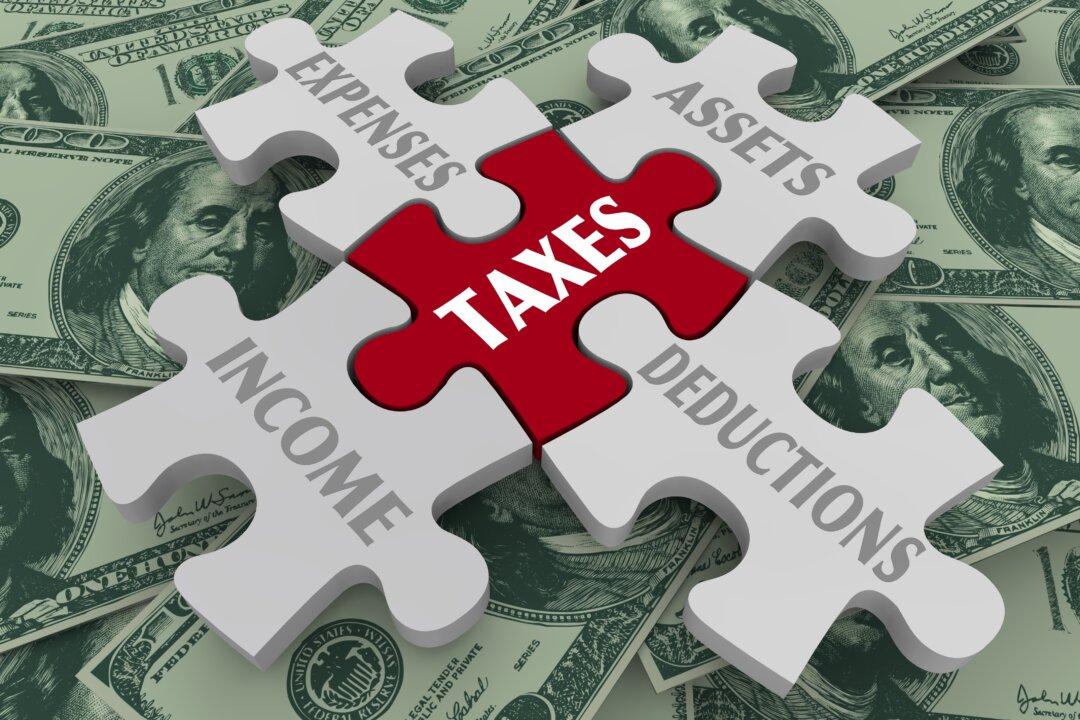Beginning a month ago, the bull market in stocks began to show some hesitancy, even perhaps stalling out after a long post-pandemic surge that took stock prices far higher.
After many months without a correction of over 1 percent or 2 percent, the most popular technology stocks are finally showing signs of fatigue. The closely watched so-called Magnificent Seven— Alphabet, Amazon, Apple, Meta Platforms (formerly Facebook), Microsoft, Nvidia, and Tesla—appear to have reached a topping out point:






